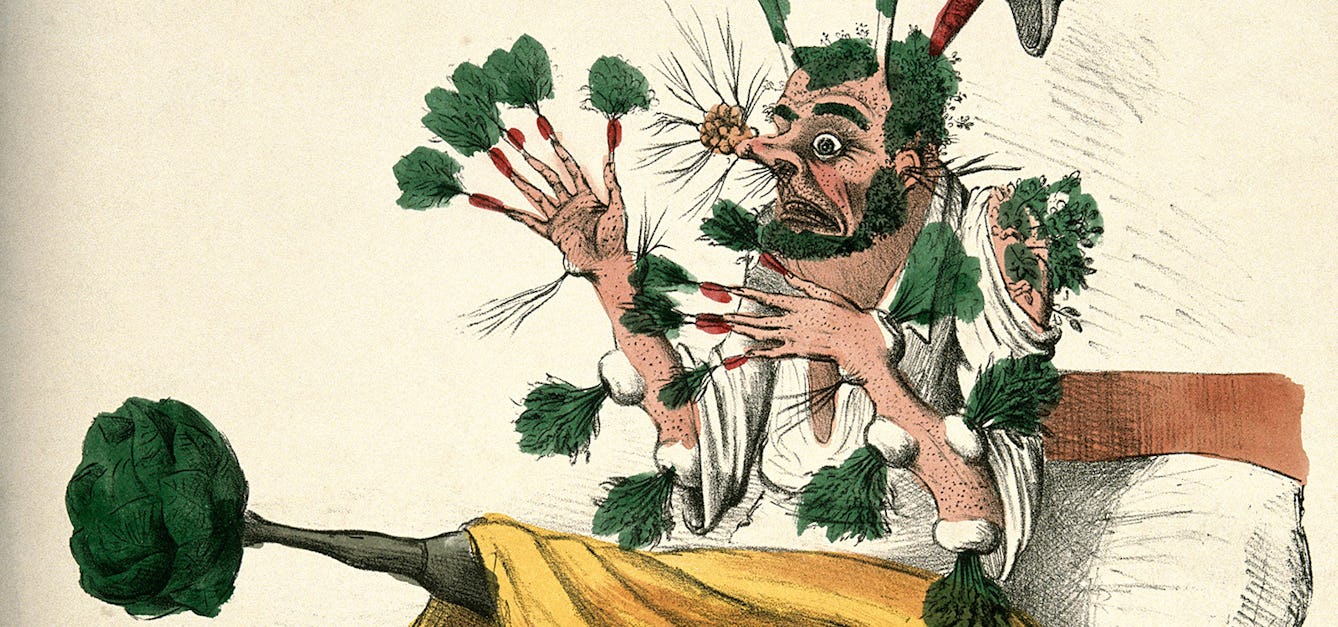Stories

- Article
Illuminated manuscripts, illuminating medicines
From rare bugs to exorbitantly priced plant parts, find out more about the artistic and medical uses of pigments from the past.

- Book extract
Ayurveda: Knowledge for long life
The story of medicine in India is rich and complex. Aarathi Prasad investigates how it came to be this way.

- Article
Graphic battles in pharmacy
James Morison’s campaign against the medical establishment inspired a wave of caricatures mocking his quack medicine.

- Article
Interpreting the Ayurvedic Man
A British Sign Language video is the latest interpretation of an unique 18th-century Nepali painting about Ayurvedic medicine.
Catalogue
- Books
Traditional Medicine Research Institute handbook / Traditional Medicine Research Council, National Council for Research.
Majlis al-Qawmī lil-Buḥūth (Sudan)Date: 1983- Journals
Performance report / International Trust for Traditional Medicine.
International Trust for Traditional Medicine (India)- Journals
Journal of traditional Chinese medicine = Chung i tsa chih ying wen pan / sponsored by All-China Association of Traditional Chinese Medicine, Academy of Traditional Chinese Medicine.
Date: [1981-]- Journals
Newsletter / National Center for Research, Traditional Medicine.
- Archives and manuscripts
Jc: Traditional - Indigenous Medicine
Date: 1997-1998Reference: SA/WHL/13/2Part of: Women's Health Library: archive









